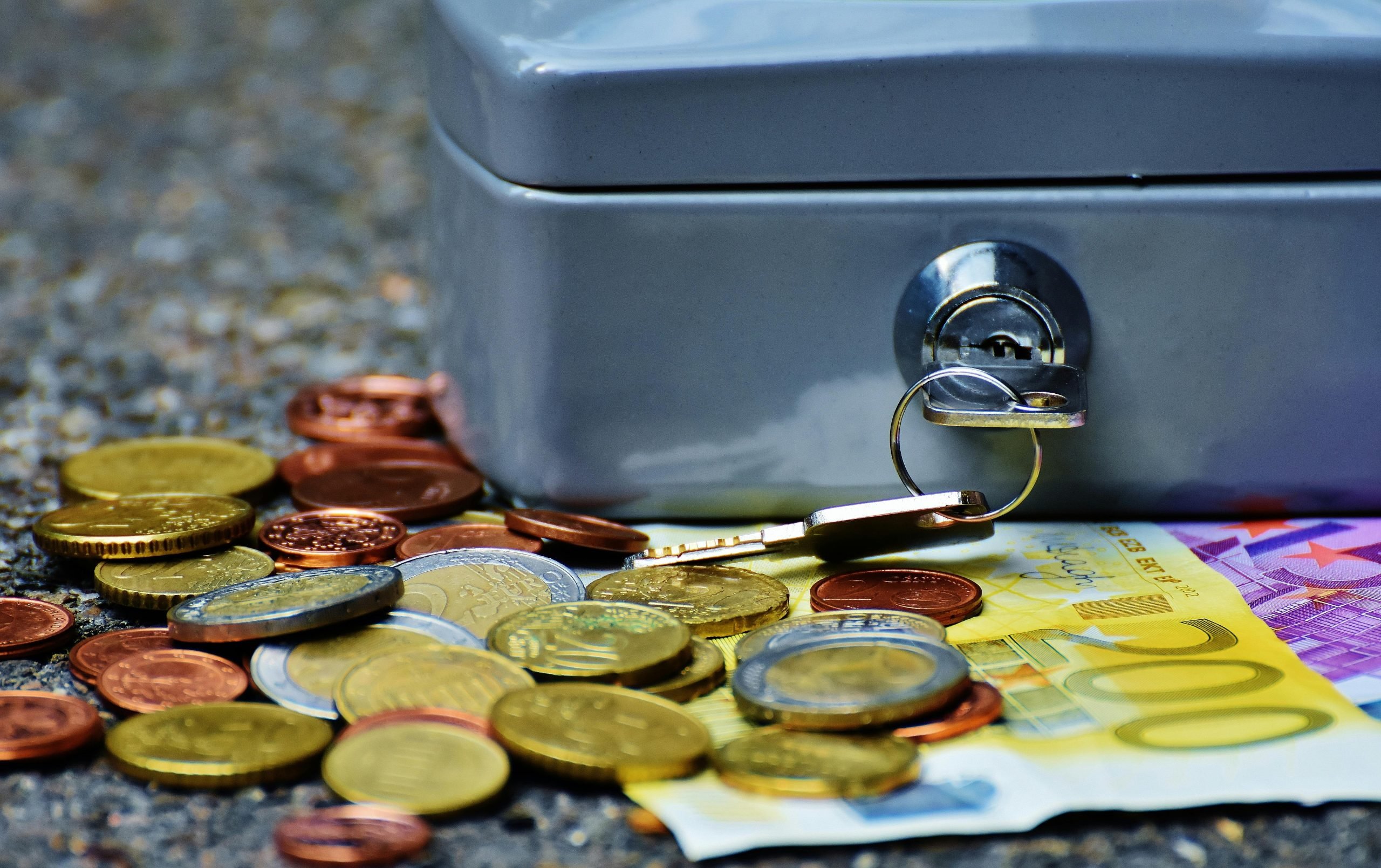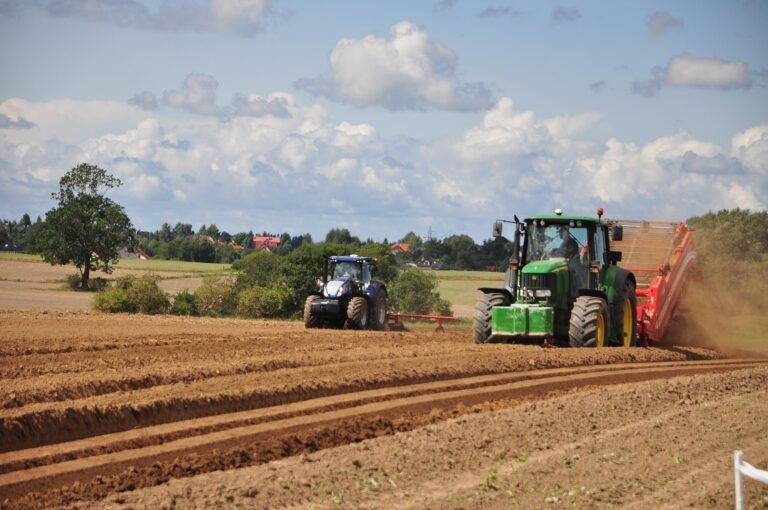Commenting on the latest consumer price statistics, Bank of Estonia economist Rasmus Kattai noted that slowing inflation and wage growth are helping to increase people’s purchasing power.
“In June, Estonia’s consumer basket was 2.5 percent more expensive than a year earlier, and prices rose by 0.4 percent compared to the previous month. The rate of price increase, which was still 5 percent in January this year, decreased month by month in the first half of the year, mainly due to falling energy prices. The price increase in June was the slowest of the past three years,” Kattai said in a press release.
The economist highlighted that compared to a year ago, gasoline and airline tickets fell the most in the consumer basket, both by about a tenth. The prices of fruits and vegetables, as well as accommodation services, have also decreased significantly, contributing to the slowdown in inflation.
“However, most of the consumer basket has become more expensive over the year, and services are the main cost category that has increased the price of the basket. The prices of transportation, medical services, and package tours, as well as various beauty services, have risen the fastest. The main role in the pricing of services is played by the increase in wage costs, which has remained quite strong,” he said.
“According to the Tax and Customs Board, wage growth in recent months has remained around 7-8 percent, while the rate of price increase has fallen below 3 percent. Therefore, wage growth significantly exceeds the overall rate of price increase, and people’s purchasing power continues to improve. According to the survey by the Institute of Economic Research, people’s expectations for future price increases have also decreased, and they assess their future financial situation as being better than before,” Kattai described.
According to the central bank’s forecast, the average price increase this year is around 4 percent. In the second half of the year, inflation will likely accelerate somewhat, as energy prices rise for seasonal reasons and the increase in food raw materials gradually reaches retail food prices.
“The pressure from production costs on price increases has decreased significantly compared to last year, but nearly half of this year’s rise in the cost of living comes from increases in taxes — value-added tax and alcohol and tobacco excise duties. Although there is still no full clarity, new tax policy decisions aimed at covering the state’s growing expenses and reducing the persistent budget deficit may affect price increases in the coming years similarly to this year,” he added.
Source: BNS
(Reproduction of BNS information in mass media and other websites without written consent of BNS is prohibited.)






















